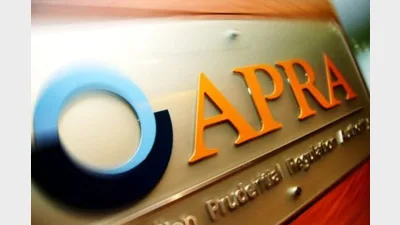Bank-owned super funds below median: ISA



Three-quarters of public offer bank-owned superannuation fund assets are in bank-owned super funds with bottom quartile performance, according to Industry Super Australia (ISA).
ISA analysed Australian Prudential Regulation Authority's (APRA's) 10-year performance data and said 97 per cent of member accounts in bank-owned public offer super funds had below median returns.
The data also found that three-quarters of all public offer not-for-profit industry super fund assets were in industry funds with top quartile performance and 92 per cent above the median.
ISA chief executive, David Whiteley said the data highlighted concerned over the banks’ profit driven vertically-integrated business models, which seemed to be eroding members’ retirement savings.
“The fact is, running a super fund to profit a parent bank sits very uneasily with the interests of members and the social policy objectives of compulsory superannuation,” he said.
He said it was time for banks to disclose the profit from compulsory super and the regulator to investigate the chronic underperformance of bank-owned super funds.
ISA analysis of the data also said that not-for-profit super funds collectively contributed $42.9 billion (96 per cent) in above median returns in the 10 years to 2016, compared to the $25.4 billion of for-profit funds in below median returns.
Recommended for you
Delayed climate action could wipe hundreds of billions from superannuation balances by 2050, according to new analysis from Ortec Finance.
APRA deputy chair Margaret Cole has called on superannuation trustees to accelerate efforts to support members moving into retirement and to strengthen protections against growing cyber and operational risks.
Super trustees need to be prepared for the potential that the AI rise could cause billions of assets to shift in superannuation, according to an academic from the University of Technology Sydney.
AMP’s superannuation business has returned to outflows in the third quarter of 2025 after reporting its first positive cash flow since 2017 last quarter.









